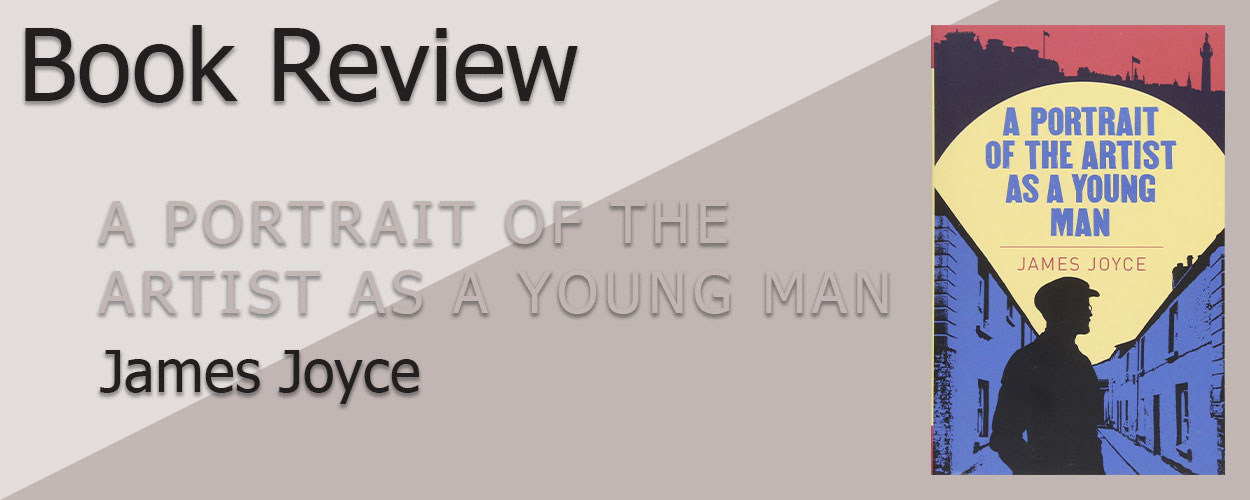

the style was a bit confusing
Another of my Arcturus Classics collection—I bought this as part of a 3-book deal. I had no idea what to expect but just dived right in!
Read: May 27 – May 31, 2024
Reread: June 14, 2024
Genre: Classic, Coming of Age
Audience: Advanced Reader, Adult
Book contains: period typical punishment, paddling, Christian guilt
Purchase a copy from Amazon.ca
The life of Stephen Daedalus, a boy who grows up in Dublin, Ireland, with many influences (both internal and external) shaping him into the man that he becomes.
I had a hard time reading this book (even the second time through) because I’m not used to Joyce’s writing style. It is very much stream of consciousness writing, and things flip back and forth and repeat. Most of the time I could not picture where he was, though for some scenes it was possible.
It is written mostly in chronological order, starting from when Stephen (the main character) is only a young boy, and ending after he’s finished school, where he’s perhaps in his late teens or early twenties. The narrative follows his character, though is told in third person limited.
I read this book twice through, once during the last week of May, and again on June 14 (so I could properly write this review). The first time, I listened along to an audiobook by LibriVox on Spotify while following along with my physical copy. The second time, I had the audiobook playing in the background as I was bookbinding.
Aside from Stephen, many of the characters in this book come in and out of frame. Some show up in his very early life and don’t return; others aren’t introduced until the very end of the book. This reflects real life in the way that you don’t always control who steps in and out of your life. I think it fits well with the bildungsroman nature of this book. Some characters who were big influences on Stephen were his father and a priest, and some friends and rivals at school.
The relationship that stays consistent throughout the book isn’t between two characters, but rather Stephen’s relationship with religion. He continuously struggles with this as so many different views are pressed upon him about this topic. This struggle ties into many of the relationships in his life, from his family to his friends to his church.
Though I’ve been told this is one of the shortest and most approachable of Joyce’s novels, I can safely say it’s meant for an advanced audience—readers who are already deep thinkers and who read/enjoy more abstract works. It is a very unique style, but not for me, since I prefer more concrete/tactile writing. That said, the flow of the sentences was so beautiful.
Since this book was more abstract as well as being a coming-of-age, I wasn’t quite sure what the plot was trying to accomplish, and therefore I didn’t have an expectation for the pacing ahead of time. The story progressed as Stephen progressed. It never felt like a scene was rushed, and while some of the conversations were long and lingering, they were quite interesting and each played an integral part in Stephen’s upbringing.
As I said above, this is a book for lovers of abstract, reflective fiction. This coming of age book is the perfect entrance to Joyce’s writing, so if you like stream of consciousness and books that really make you think, give this one a go.
A Portrait of the Aritst as a Young Man by James Joyce
The Professor by Charlotte Brontë
Villette by Charlotte Brontë
Wuthering Heights by Emily Brontë
Great Expectations by Charles Dickens
Tigerpetal Press is a small book press dedicated to publishing local authors and poets.